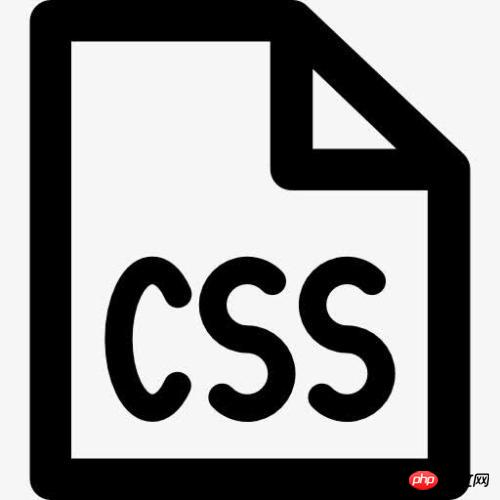Home >Web Front-end >CSS Tutorial >What are the pseudo-classes and pseudo-elements in CSS? What is the use? (with code)
What are the pseudo-classes and pseudo-elements in CSS? What is the use? (with code)
- 藏色散人Original
- 2018-10-22 17:15:545066browse
This article mainly introduces to you a summary of the usage of pseudo-classes and pseudo-elements in css.
css, also known as cascading style sheets, can not only statically modify web pages, but also dynamically format various elements of web pages in conjunction with various scripting languages. So what are the css pseudo-classes and pseudo-elements? what's the function?
CSS video tutorial, Bootstrap tutorial and other related tutorials. Welcome everyone to refer to and learn!
The above is the detailed content of What are the pseudo-classes and pseudo-elements in CSS? What is the use? (with code). For more information, please follow other related articles on the PHP Chinese website!
Statement:
The content of this article is voluntarily contributed by netizens, and the copyright belongs to the original author. This site does not assume corresponding legal responsibility. If you find any content suspected of plagiarism or infringement, please contact admin@php.cn

